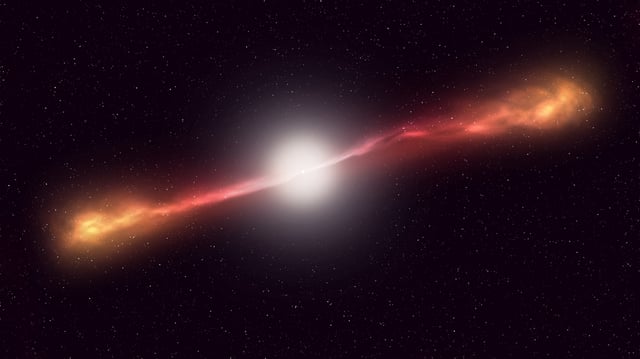Overview
- Researchers from Johns Hopkins University and the University of Oxford have published a study in Physical Review Letters modeling how supermassive black holes can accelerate particles through chaotic collisions near their event horizons
- Simulations indicate that plunging gas flows driven by a black hole’s spin can fling particles to energies on par with planned next-generation supercolliders
- By harnessing these natural accelerators, scientists could bypass the projected $30 billion investment and four-decade timeline required for new terrestrial colliders
- Earth-based observatories such as the IceCube Neutrino Observatory and the KM3NeT telescope might detect high-energy particles ejected from distant black holes
- Detecting these unique particle signatures could offer direct evidence of dark matter and other elusive particles, advancing fundamental physics without new large-scale facilities
